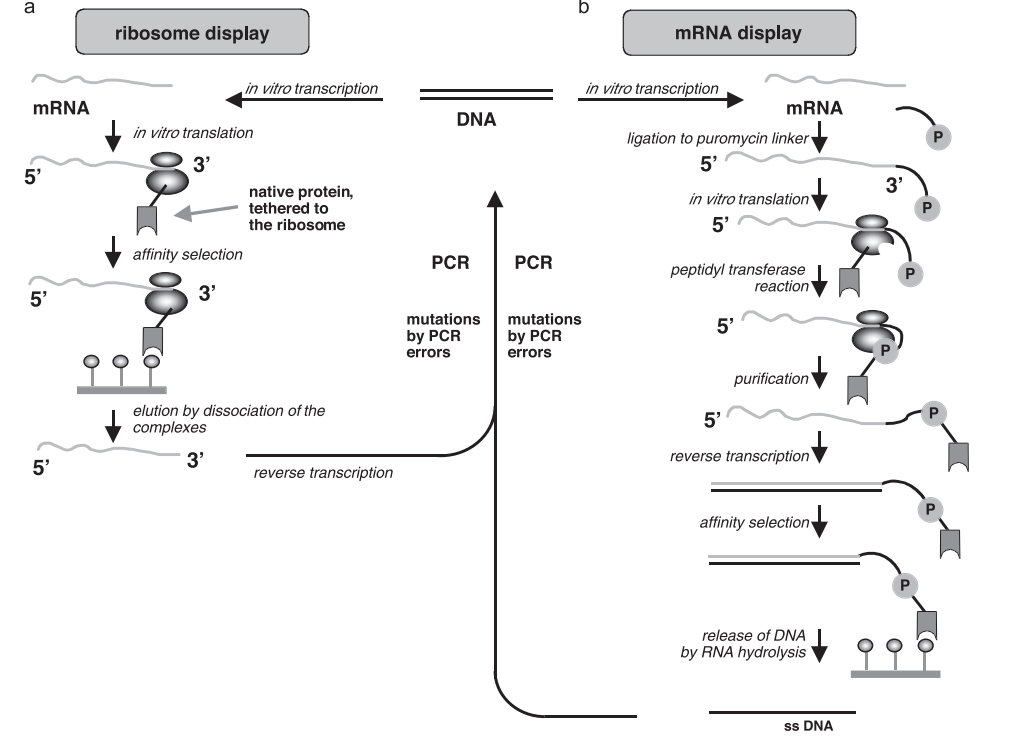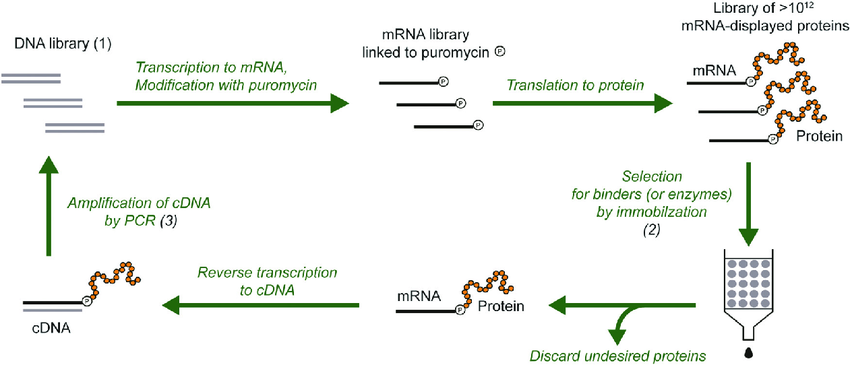Filamentous fungi, collectively known as molds, are widely used. Widely distributed in nature due to its abundant species, wide sources, and ease of use
Due to its characteristics of industrialization, it has been widely applied in multiple fields. song Filamentous species such as Aspergillus and Trichoderma. Fungi have excellent protein synthesis and secretion abilities and are often used. Production of various homologous or heterologous protein expressions, such as Using Aspergillus niger for artificial biosynthesis
Production of cellulase and inulinase; Using Aspergillus oryzae Oryzae produces human lactoferrin, calf rennet, etc. Partial silk Fungi can also be used to synthesize secondary metabolites with important biological activities, such as penicillin and lovastatin.

By studying the functions of genes related to the biosynthesis of filamentous fungi and applying biotechnology to their genetic selection or modification, the ability of filamentous fungi to synthesize bioactive substances can be significantly improved, thus achieving the goal of industrial production and application using filamentous fungi. Gene knockout techniques based on homologous recombination principles, such as Split maker and λ Red, have been widely used in the study of gene function in filamentous fungi. However, due to factors such as low efficiency of homologous recombination, high off target rate, the need to screen a large number of transformants, and huge workload, it has gradually been replaced by gene editing and other technologies in recent years. In recent years, researchers have developed various specific endonuclease technologies for gene editing, such as zinc finger nuclease, transcription activator like effect nuclease (TALEN), CRISPR/Cas9, etc. Compared with TALEN technology, CRISPR/Cas9 technology has the advantages of simple operation, good targeting, and high safety, and has become the preferred technology for gene editing in filamentous fungi.
Modification and expression of Cas9 protein for filamentous fungi
Sequence optimization of Cas9 protein and addition of nuclear localization signal
The Cas9 protein with endonuclease function is an important component of the CRISPR/Cas9 system, and the widely used CRISPR/Cas9 system currently comes from the prokaryotic organism Streptococcus pyogenes. Different species have codon preferences when encoding proteins. When the CRISPR/Cas9 system is used for gene editing in different species, codon optimization of the gene sequence encoding Cas9 protein is required. Therefore, amino acid codon optimization should be carried out in the research process of gene editing in filamentous fungi according to the needs of different species. The CRISPR/Cas9 system is isolated from bacteria, and the natural Cas9 protein does not possess nuclear localization signals. Therefore, the CRISPR/Cas9 system is widely used.
When used in eukaryotes, nuclear localization signals (NLS) need to be added at both ends of the Cas9 protein to guide it into the nucleus. The nuclear localization sequence (PKKKRKV) from Simian vacuolating virus 40 (SV40) has been shown to be widely applicable to different species. However, SV40 NLS is not applicable to all filamentous fungi. Feng et al. and Wang et al.’s research showed that classical nuclear localization sequences cannot complete nuclear guidance in Phytophthora megaspora and Fusarium oxysporum. Eventually, they fused endogenous nuclear localization sequences to the N-terminus of Cas9 protein to guide sgRNA into the nucleus. Shi et al. [25] also demonstrated in their study of Fusarium oxysporum that classical nuclear localization sequences cannot be applied, and chose VELNLS and HTPNLS for gene editing. The above studies indicate that adding appropriate nuclear localization sequences is a key factor for the smooth entry of Cas9 protein into the nucleus to perform its function. When classical nuclear localization sequences cannot complete nuclear guidance, efforts should be made to search for endogenous nuclear localization sequences of the species or known nuclear localization sequences from species with close genetic relationships.
Cas9 protein expression strategy
Similar to sgRNA, the expression of Cas9 protein is closely related to the type of promoter, and the regulatory ability of the promoter directly affects the expression of exogenous Cas9 protein. The RNA polymerase II promoters in living organisms are mainly divided into constitutive promoters and inducible promoters. In most studies, constitutive promoters are chosen to drive the expression of Cas9 protein in filamentous fungi because the gene expression driven by constitutive promoters is not affected by spatial and temporal factors and can be stably and continuously expressed in tissue cells. The commonly used constitutive promoters in the CRISPR/Cas9 system of filamentous fungi are the gpdA promoter, tef1 promoter, and trpC promoter. Usually, inducible promoters drive gene expression only after being stimulated by specific conditions, so Cas9 expression driven by inducible promoters makes the CRISPR/Cas9 system the spatiotemporal controller for genome editing in filamentous fungi. In addition, studies have used starch induced amyB promoter and temperature induced hsp70 promoter. Liu applied the cbh1 promoter to the expression of Cas9. The above studies indicate that in practical research, the selection of promoters for driving Cas9 protein expression needs to be based on the actual situation to ensure that the CRISPR/Cas9 system can function efficiently and reasonably in the target strain.
The delivery method of CRISPR/Cas9 system into fungal cells
The CRISPR/Cas9 system used for fungal genome editing requires appropriate methods for transfection into cells. Polyethylene glycol calcium chloride
The mediated protoplast transformation method, as a short cycle and low-cost fungal genetic transformation method, can transform various large molecular substances such as plasmids, linearized DNA, RNA, proteins, etc. It has been widely used in Aspergillus fumigatus, thermophilic filamentous fungi, and Trichoderma reesei
Among filamentous fungi such as mold and Aspergillus niger. Transient transformation from RNP in filamentous fungi prone to producing multinucleated spores and protoplasts
It is difficult to separate homozygous transformants in the process of protoplast preparation, so Zou et al. added inositol or benzene during the mycelial culture process before protoplast preparation
The use of fungicides to control the mitotic cycle significantly improves the efficiency of obtaining homozygous transformants. Although protoplast transformation has been widely used in the transformation of filamentous fungal CRISPR/Cas9 systems, the vitality of protoplasts depends on the growth status of hyphae used for protoplast production and the batch quality of enzymes used, which seriously affects the efficiency of protoplast transformation. Relatively speaking, the selection range of starting materials in Agrobacterium transformation methods is relatively wide, which makes the transformation of CRISPR/Cas9 system more convenient and efficient. Wei et al. used Agrobacterium tumefaciens LBA4404 to complete CRISPR plasmid transformation of the mycelium of filamentous fungus Glarea lozoyensis. Zou et al. co cultured the conidia of Agrobacterium tumefaciens LBA1100 and Trichoderma reesei to complete the transformation of Cas9 expression vector. At present, the transformation of Thermoascus aurantiacus into thermophilic filamentous fungi has not been achieved through protoplast and electric shock methods. Gabriel et al. used Agrobacterium tumefaciens EHA105 to co culture with the ascospores of thermophilic filamentous fungi
The cultivation method was experimented and gene editing was completed. Selecting appropriate Agrobacterium strains in Agrobacterium mediated transformation methods
And the conversion of starting materials is particularly important, as it has a significant impact on conversion efficiency. In addition to the two common genetic transformation methods mentioned above
The genetic transformation of filamentous fungi CRISPR/Cas9 system has also been applied using techniques such as gun transformation and electroporation transformation [45]. The above research indicates that the growth status and physiological characteristics of different filamentous fungi are not the same. Therefore, in the selection of genetic transformation methods, multiple factors need to be comprehensively considered. Appropriate transformation methods can greatly improve the acquisition rate of positive transformants.
The CRISPR/Cas9 system, due to its unique advantages, is currently being vigorously developed and applied in filamentous fungal model organisms and other fungi
. Significant achievements have been made in the modification of engineering strains, and an increasing number of filamentous fungal engineering strains are being developed and utilized
. Although the CRISPR/Cas9 system has been widely used for gene editing in filamentous fungi, there are still issues with low editing efficiency
Issues such as off target effects. Based on the principles of DNA double strand breaks and chromosomal translocations, Yin et al. developed a new method of primer extension mediated sequencing (PEM seq) based on high-throughput sequencing. PEM seq can sensitively identify off target sites of Cas9 and accurately quantify the cutting efficiency sites of CRISPR/Cas9 on targets, thereby finding more effective Cas9 cutting sites. Although this method has not yet been established in filamentous fungi, with further research, PEM seq will play a significant role in fungal gene editing. There are problems such as high editing difficulty and significant fluctuations in editing efficiency in non patterned filamentous fungi, which may be related to people’s lack of understanding of the host fungi ‘metabolism, defense mechanisms, and inability to overcome the limitations of the CRISPR system in the host. As research deepens, more genomes of filamentous fungi will be deciphered in the future to help researchers design CRISPR systems that are more suitable for filamentous fungi.









